Cambodia’s Killing fields are one of the most humbling and emotional places I’ve visited. In this post I’ll explain why they are worth a visit to find out about the countries history and to learn more abut the atrocities that when on during this time.
Don’t know much about Cambodia’s past? Neither did I until I first read ‘First they killed my father’ by Loung Ung. This is a book I bought after a street kid, a boy around 14, kept pestering me to buy. I finally gave in and bought the book- turns out it was the best and most hard hitting book I’ve ever read.
Loung describes at aged 5, when the Khmer Rouge invaded the capital of Phnom Penh in April 1975. They forced out citizens, where they then walked for 3 days to reach the countryside and onto work labour camps. Told from a child’s eye and in great detail it was hard to believe the things she witnessed and what went on during this time really happened. But they did.
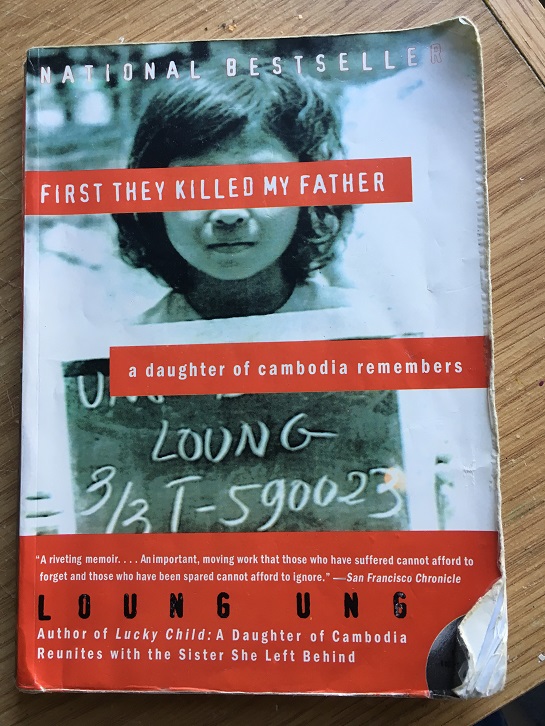
Who Were the Khmer Rouge?
To give a brief insight, the Khmer Rouge, led by Pol Pot, was a Cambodian resistance army believing in a communist society. They took over Cambodia claiming they were ‘purifying’ society. This basically meant killing off anyone that was a threat- the educated, teachers, doctors, people who wore glasses, monks and former government officials. Everything to do with Western culture was abolished.
An army of soldiers, some of them just children, marched into the cities and drove people out to the countryside where they were given plain black clothes and made to throw away possessions, burning anything of colour. Everyone had the same haircut, were given the same tiny food allowance and worked in the crop fields from dusk till dark. People died of starvation, torture, illness and exhaustion. Children were sent to child labour camps and separated from their families.

Anyone found to be found from the former government were ‘taken away’ in the middle of the night and not to be heard from again. Later on the soldiers worried that the children and family of the people they killed may come back for revenge, so they then started killing the entire family as well.
The citizens were not allowed to eat any of the food they were growing, and if caught were severely punished. Children in the work camps were preached to and sang songs about how great the Khmer Rouge was, being brainwashed into believing the regimes values.
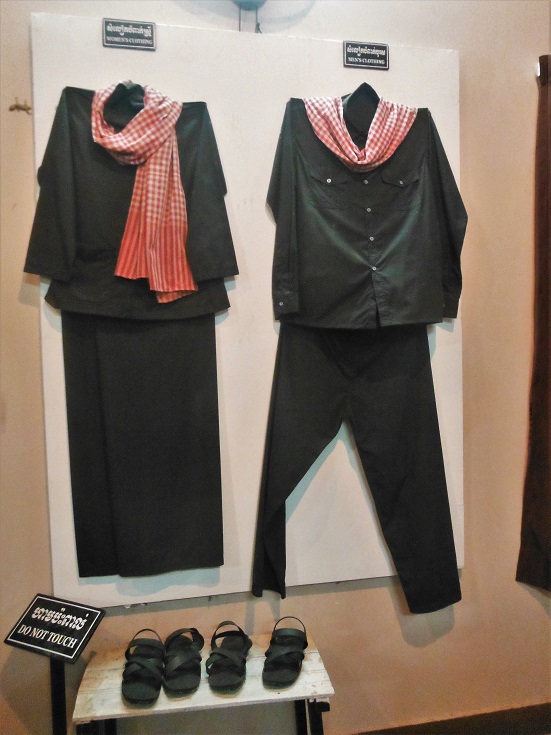
What is the S21 Prison?
Formally a high school, S21 prison was the name given by the Khmer Rouge when they took over and turned it into interrogation and torture cells.
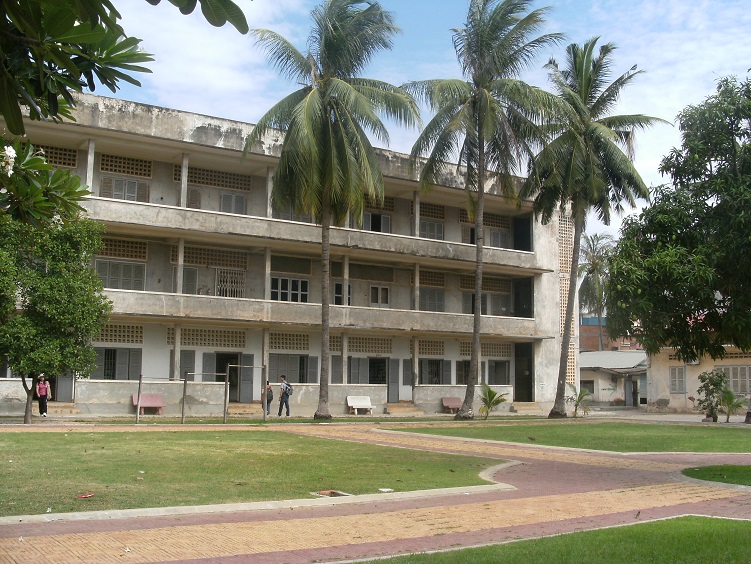
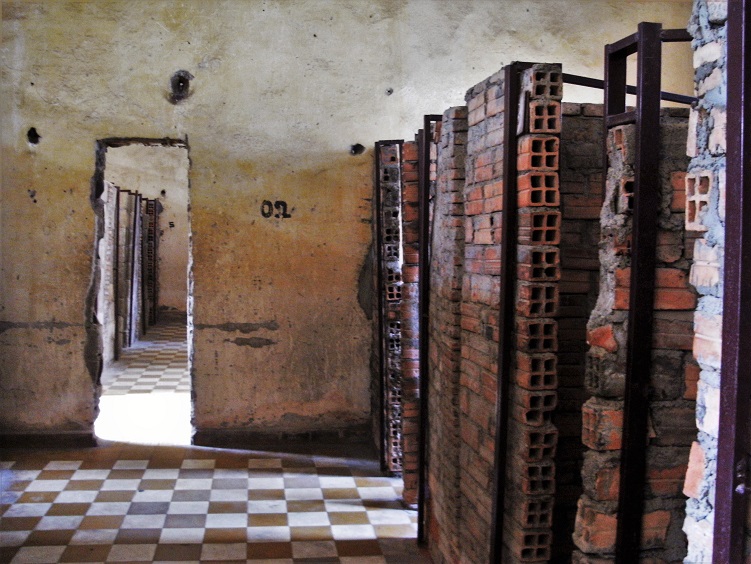
It is now called the Tuol Sleng Museum of Genocide, in which visitors are allowed to walk through the eerie cells that were once the setting of such suffering. 14,000 people are believed to have been imprisoned and tortured here, with only 7 surviving.
I was lucky enough to meet one of these survivors, an old man who spends his days describing to visitors what life was like inside the prison. He described how they interrogated him and chopped off the tips of some of his fingers. Others weren’t so fortunate to survive, with images on the walls of dying bodies, extreme starvation and desperation (I haven’t included the worst of these images as they are too horrible).
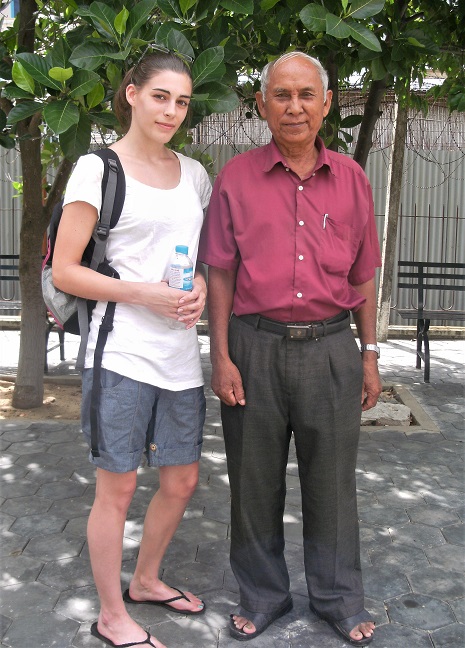
There are also thousands of portraits of the prisoners, taken by the Khmer Rouge themselves. These pictures are haunting.
Walking around the empty sells was incredibly moving. I found it hard to believe that it actually happened and to be done to their own people. The portraits of the men, women and children from S21 prison were the most poignant and certainly lingered in my head for quite some time after my visit.
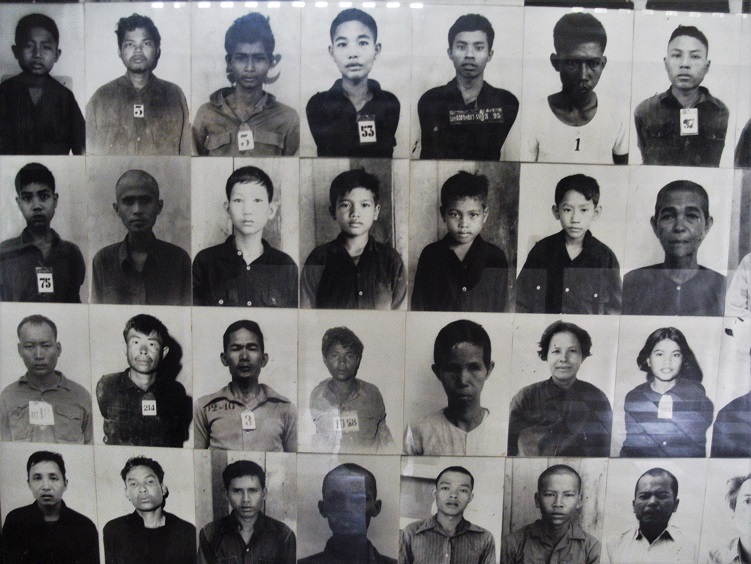
The images of the children staring into the camera, with a number tag attached to them was incredibly upsetting. They looked so sad, confused, innocent and heartbreakingly helpless, as did the adults.


There were just so many photographs, so many lives lost and wasted. As I was reading Loung Ung’s book at the time, I felt a deeper connection after hearing what life was like from someone who was there at the time. Hearing the stories from a actual person made it much more real and I struggled to keep in the tears.
Cambodia’s Killing Fields
I first visited the killing fields in 2011 and then again in 2012. The first visit was a shock and I remember walking around in a sort of daze, not quite being able to contemplate what happened there. It’s too shocking to even believe.
Prisoners from the S21 prison were driven here in trucks, as well as citizens who were taken away from the countryside labour camps. This is a place where no-one comes out alive. There are several graves here holding thousands of bodies.
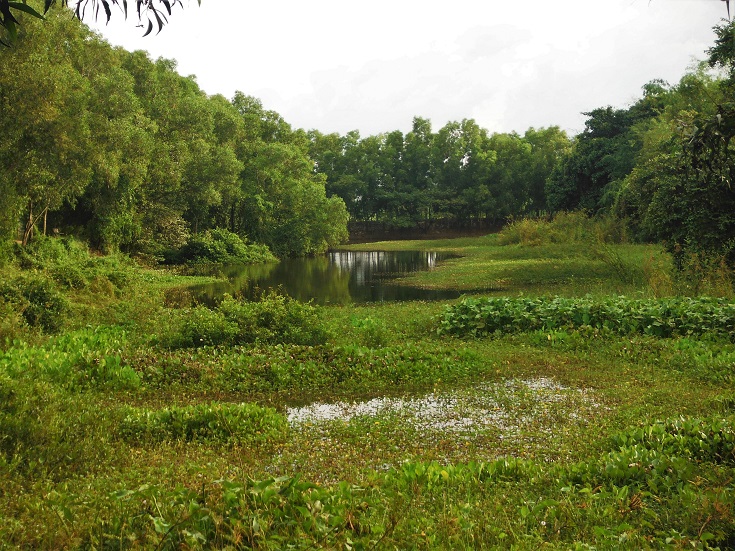
The worst was the grave for babies and children. The Khmer Rouge soldiers would hold them by their legs and hit them against the tree, before throwing them in. Some of them would still be half alive. There was another tree with a huge speaker attached, which was used to drown out the noises from the dying victims. People were killed by iron axes and wooden clubs, anything that could be used as a weapon.
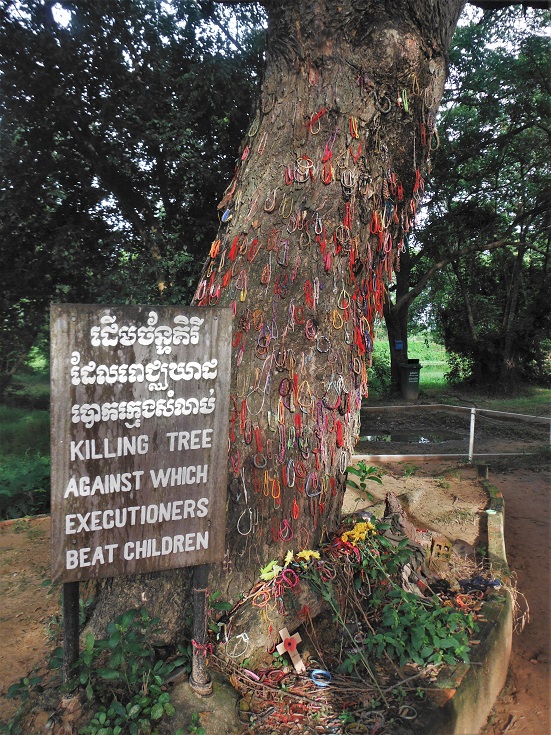
Walking around, there are fragments of bones and clothing still being washed up every monsoon season, this is thirty or more years after it happened. I tried hard not to step on the bones that were scattered along the path. Every visitor was pretty much silent, deep in their own thoughts, leaving a lingering eerie feel about the place.
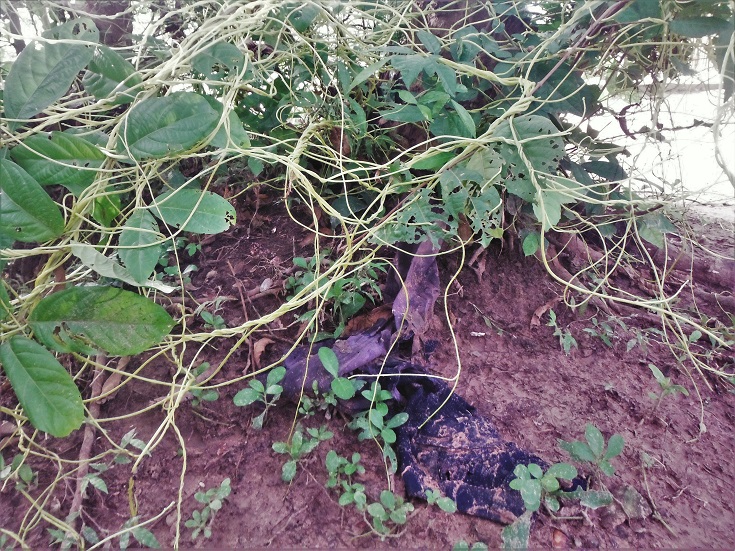

| More on Cambodia: How to Spend 36 Hours in Phnom Penh, Cambodia |
Although Cambodia’s killing fields and S21 prison can be upsetting, I do believe it is worth a visit to discover Cambodia’s past and history, as well as to get a better understanding of what happened during 1975-1979. It’s a humbling chance to learn more about the country you’re travelling to and the lives of the people who live there.
GET AUD 25 off booking.com- Book Now!
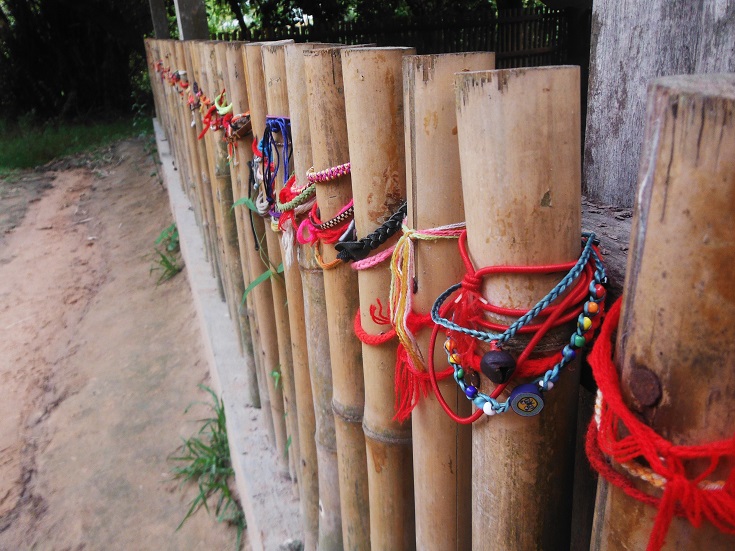
There is a reason why you don’t see many old people on the streets in Cambodia as a lot were killed during this time. This has also left many amputees which you may see when visiting the country.
The young population of Cambodia now makes up around 68% of the population. Although a humbling visit, its absolutely worthwhile and a read of ‘First they killed my father’ is a must if you’re interested to discover not only what when on during this time, but to hear the stories and perspective of someone who lived through it.
Pin the images below to read later…



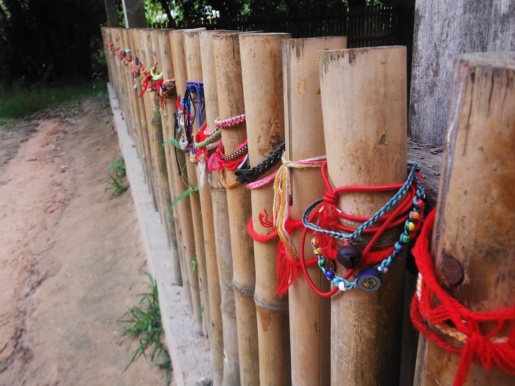
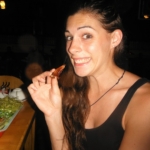
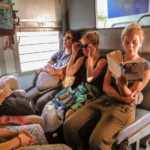
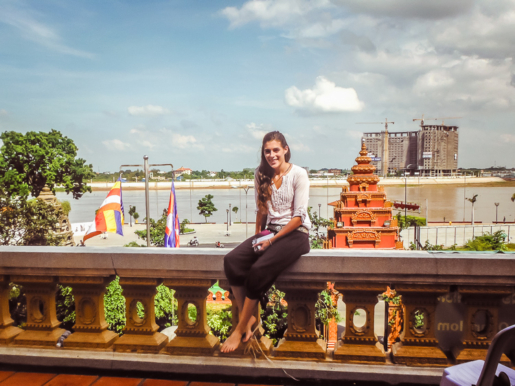

2 Comments
I couldn’t bring myself to visit. I have a really hard time in places like this. But it’s so interesting that you met a survivor! I would have loved to sit down and talk to someone about it without having to see the prison and the killing fields.
I understand why you dont want to visit, especially in person.